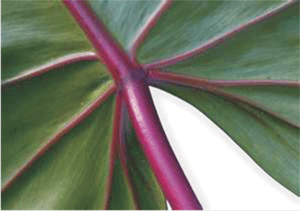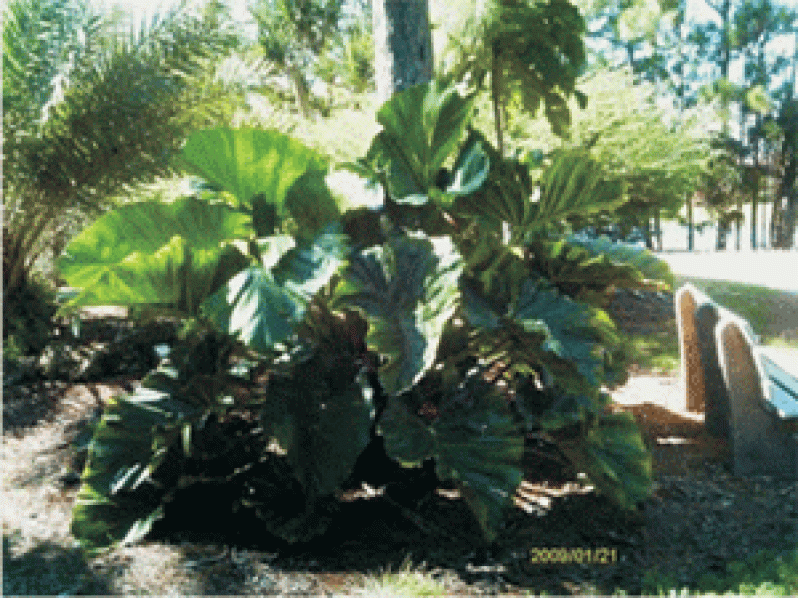The African Tulip: Peacock of the tropical forest
THE African Tulip tree (Spathodea campanulata) is known variously as the Puri tree, the Fountain tree, Flame-of-the-Forest, Rudra Palash, Pichkari or Nandi Flame.  Native to tropical dry forests of Africa, the African Tulip is a large, upright tree with glossy, deep green, pinnate leaves, and glorious orange-scarlet flowers which have a very showy, reddish-orange colour.
Native to tropical dry forests of Africa, the African Tulip is a large, upright tree with glossy, deep green, pinnate leaves, and glorious orange-scarlet flowers which have a very showy, reddish-orange colour.
Planted extensively for ornamental purposes throughout the tropics, the tree has a stout, tapering, somewhat buttressed trunk covered in warty light gray bark. The lateral branches are short and thick. The one to two-foot-long (0.3-0.6 m) opposite leaves, which emerge a bronzy colour massed at the ends of the branches, are composed of 5-19 deeply-veined, oval leaflets.
The horn-shaped, velvety, olive-coloured buds appear in upturned whorls at the tips of the branches. A few at a time, the buds of the lowest tier bend outward and open into big, crinkled, red/orange, tulip-like bells, with red-streaked gold throats, frilly yellow edges, and four brown-anthered stamens in the centre.
They are followed by five-to-10-inch (12.7-25.4cm) green/brown, fingerlike pods pointing upwards and outwards above the foliage.
The open flowers are cup-shaped and hold rain and dew, making them attractive to many species of birds, particularly the hummingbird.
Practical uses
The wood of the African Tulip tree is soft, and many hole-dwelling birds build their nests in its trunk. The tree may grow to 80 ft (24.4m) on an ideal site, but most specimens are much smaller.
Because of its quick invasion and rapid growth, this tree has been used for coffee shade, and reclamation and rehabilitation of disturbed lands.
It is recommended as a shade tree for parks and yards, and is popular as a decorative tree for avenues.
The African Tulip tree will survive in shade, but demands full sun for fast growth and best flowering. These trees grow best with plenty of moisture, but will shed their leaves and endure drought.
The tree can also be grown as a large ephemeral shrub and plant in a sheltered place where it can be reached by ladders for regular pruning and removal of dead branches.
Stranger to these shores
This tree is not seen locally in many yards, but two of them exist at the south-eastern entrance to the National Park.
Local Horticulturalist and collaborator Hans Neher says the African Tulip is very easy to grow, and that the # 1 Plant Shop on Sheriff Street has in stock young plants for sale. He says the trees make for excellent shade or shelter, and that the species he has in stock loves rich soil, but puts up with just about anything with a little fertility in it, including limestone.



.jpg)










